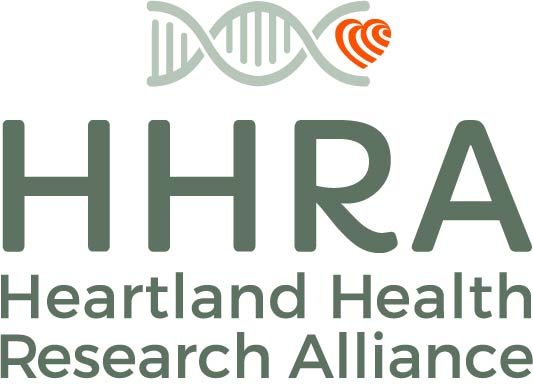Mills et al., 2017
Paul J. Mills, PhD, Izabela Kania-Korwel, PhD, John Fagan, PhD, Linda K.McEvoy, PhD, Gail A. Laughlin, PhD, Elizabeth Barrett-Connor, MD, “Excretion of the Herbicide Glyphosate in Older Adults Between 1993 and 2016,” October 24, 2017, Journal of the American Medical Association, 318:16, DOI:10.1001/jama.2017.11726.
ABSTRACT:
The herbicide Roundup is sprayed onto genetically modified crops and applied as a desiccant to most small non–genetically modified grains. Use of this herbicide has increased since 1994 when genetically modified crops were introduced in the United States. Glyphosate, the primary ingredient in the herbicide, is found in these crops at harvest. Environmental exposure through dietary intake of these crops has potential adverse health effects and can be assessed by measuring urinary excretion. We measured excretion levels of glyphosate and its metabolite aminomethylphosphonic acid (AMPA) in participants fromthe Rancho Bernardo Study (RBS) of Healthy Aging. Mean glyphosate and AMPA levels and the proportion of samples with detectable levels increased over time. FULL TEXT
